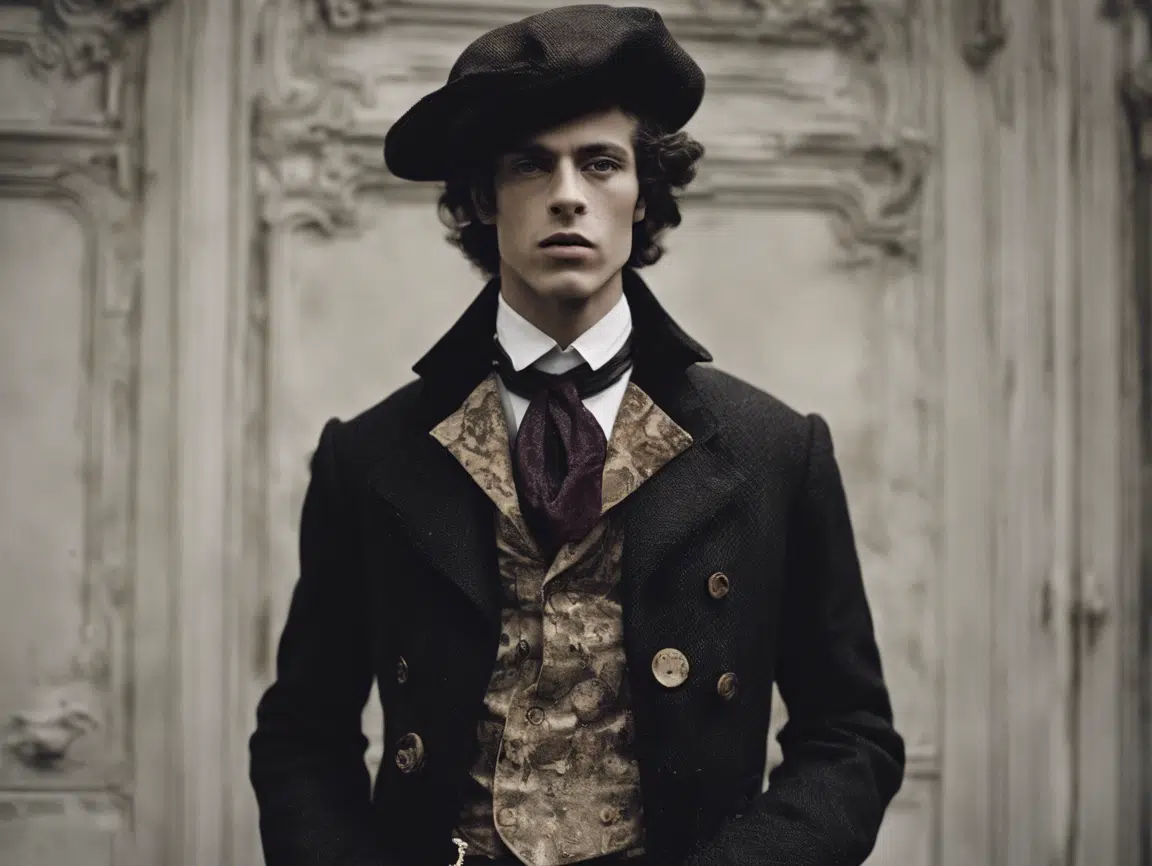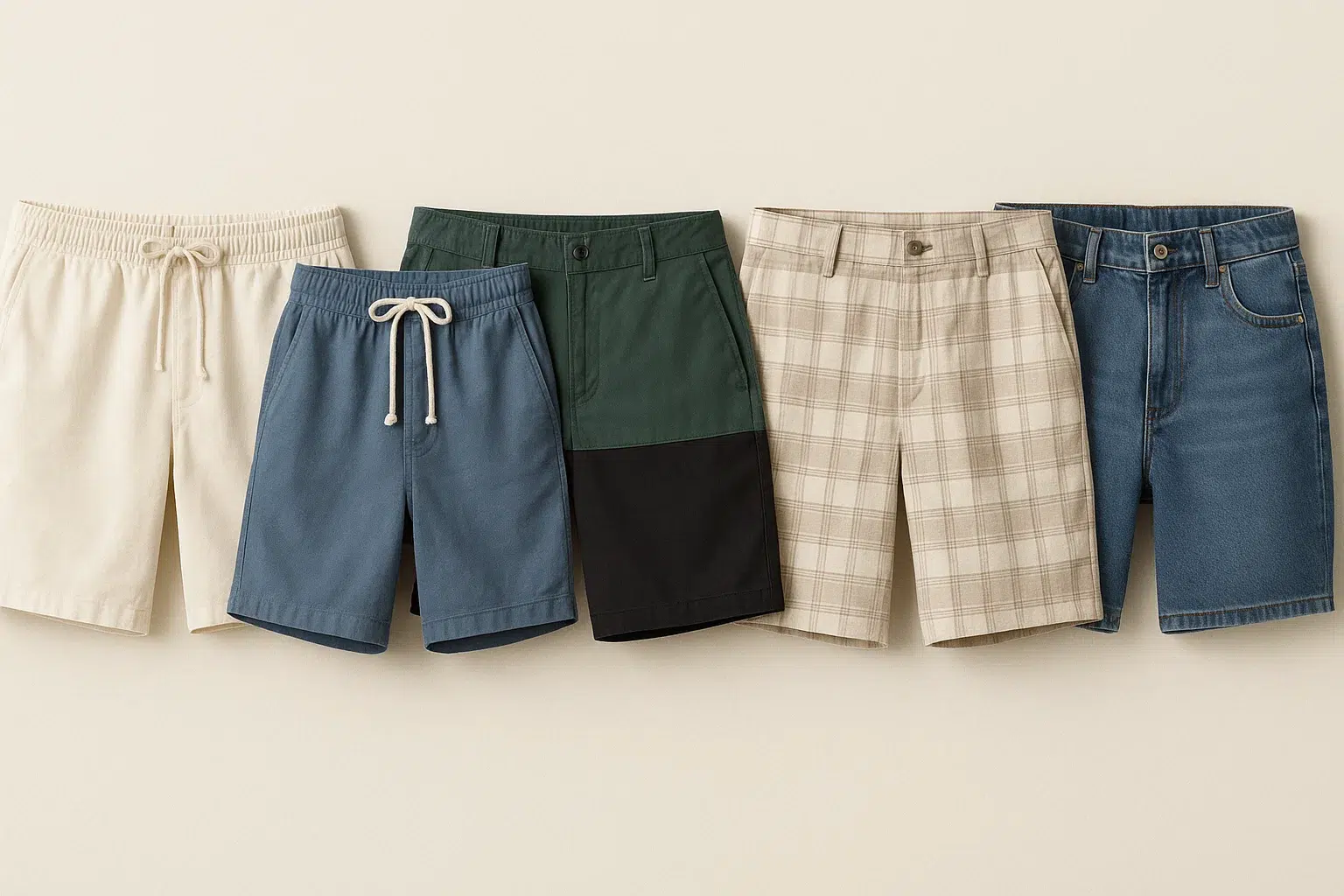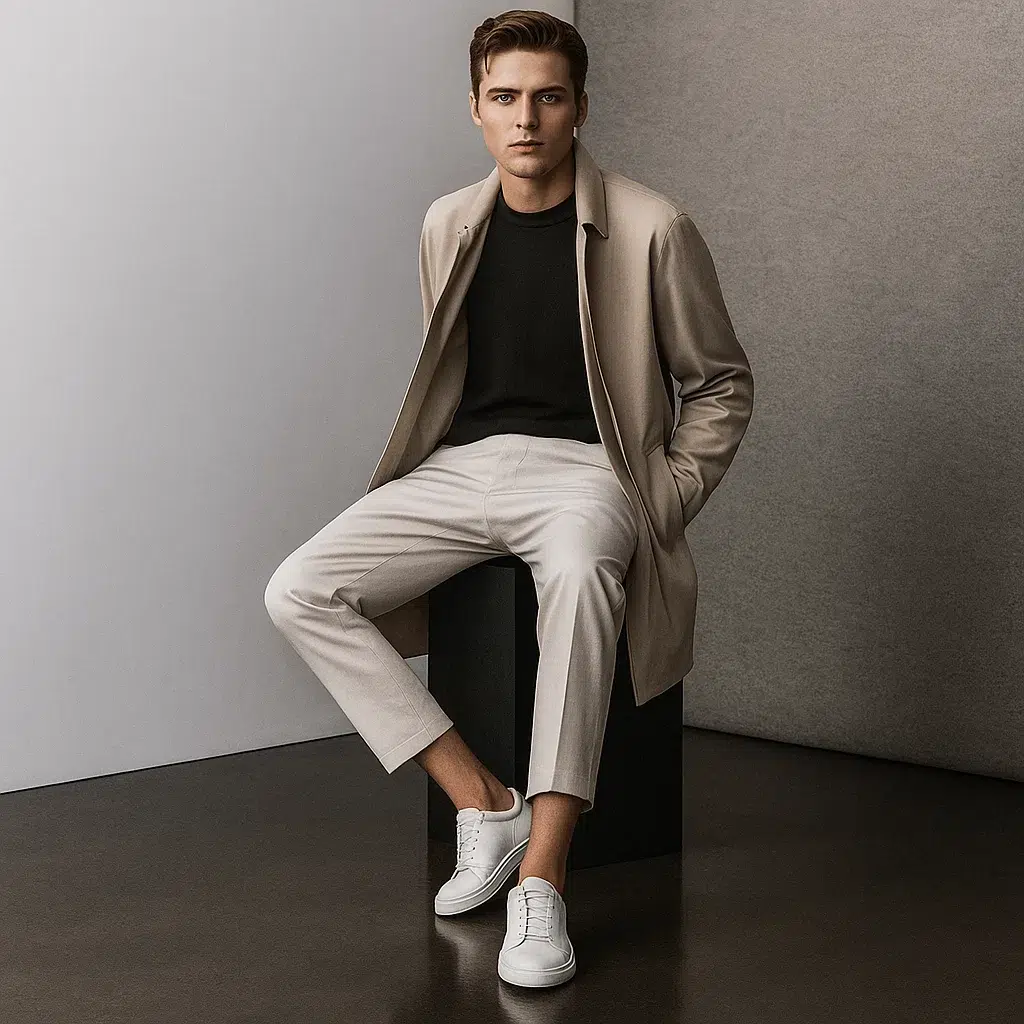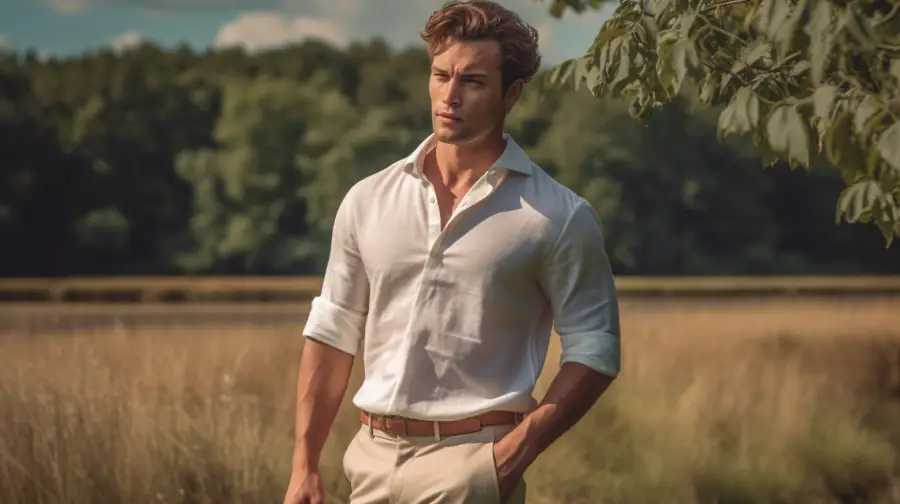Fashion icons have always played a central role in shaping societal norms and trends in men's fashion. Their influence extends far beyond the clothes they wear; they often represent the spirit of an era and cultural changes. By analyzing fashion icons throughout history, we can gain a deeper understanding of how men's fashion has evolved and changed, reflecting the social and economic conditions of each era.
18th century: Baroque and Rococo
During the 18th century, Baroque and Rococo were two prominent styles that shaped men's fashion. This era was characterized by extravagance and decadence, where wigs, floral vests, and breeches were common features. Fashion icons such as Louis XIV of France, with his iconic Sun King style, and Giacomo Casanova, known for their flamboyant and seductive style, set the standard for masculine elegance. Their influence on fashion shows how the style ideals of the nobility and upper classes spread and became sought after by the general public.
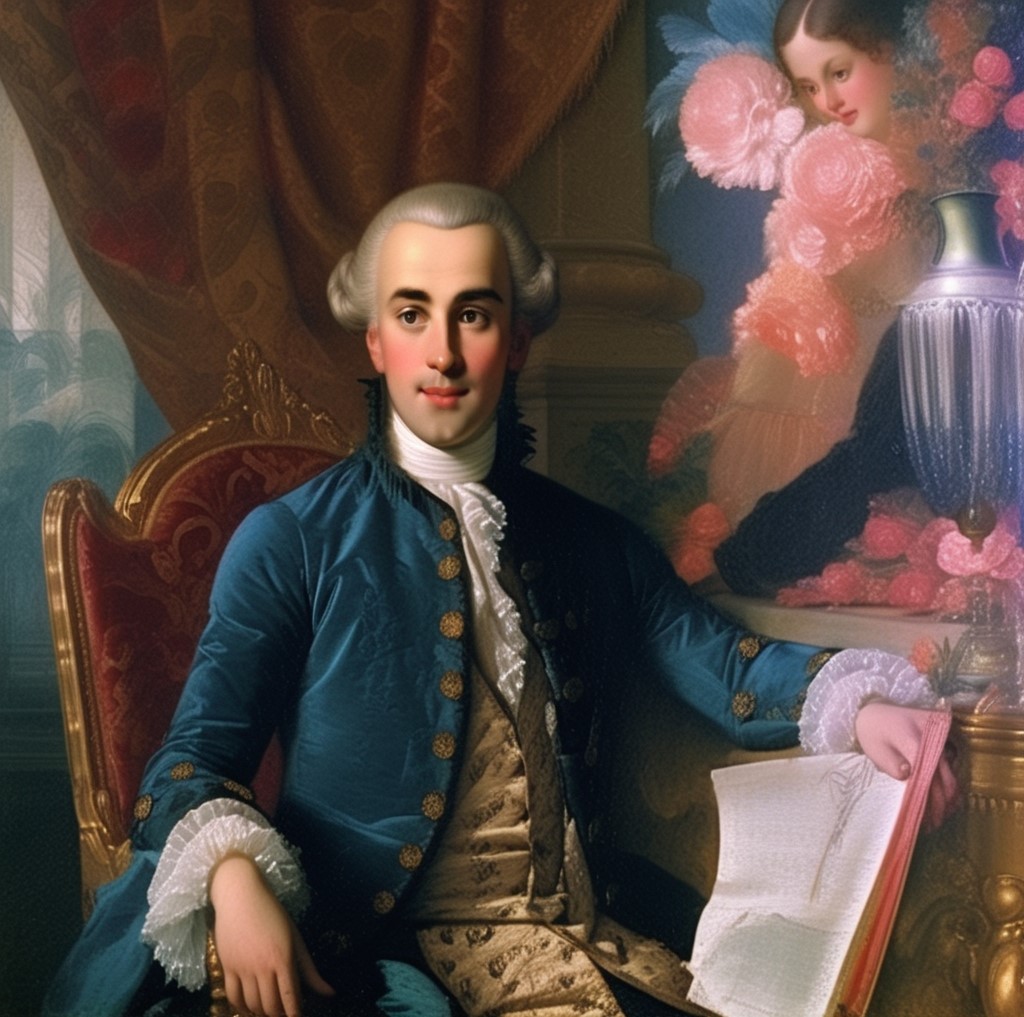
19th Century: The Victorian Era and the Industrial Revolution
The 19th century marked a significant shift from the extravagant styles of the past to more conservative and functional clothing styles. Victorian fashion style was characterized by formal suits, dark colors, and austere lines. This transition was greatly influenced by the Industrial Revolution, which not only revolutionized clothing production but also made fashion more accessible to the masses. Fashion icons such as Charles Dickens, known for his sharp and formal style, and Oscar Wilde, with its flamboyant aesthetic, reflects an era in which literary figures often became style icons.
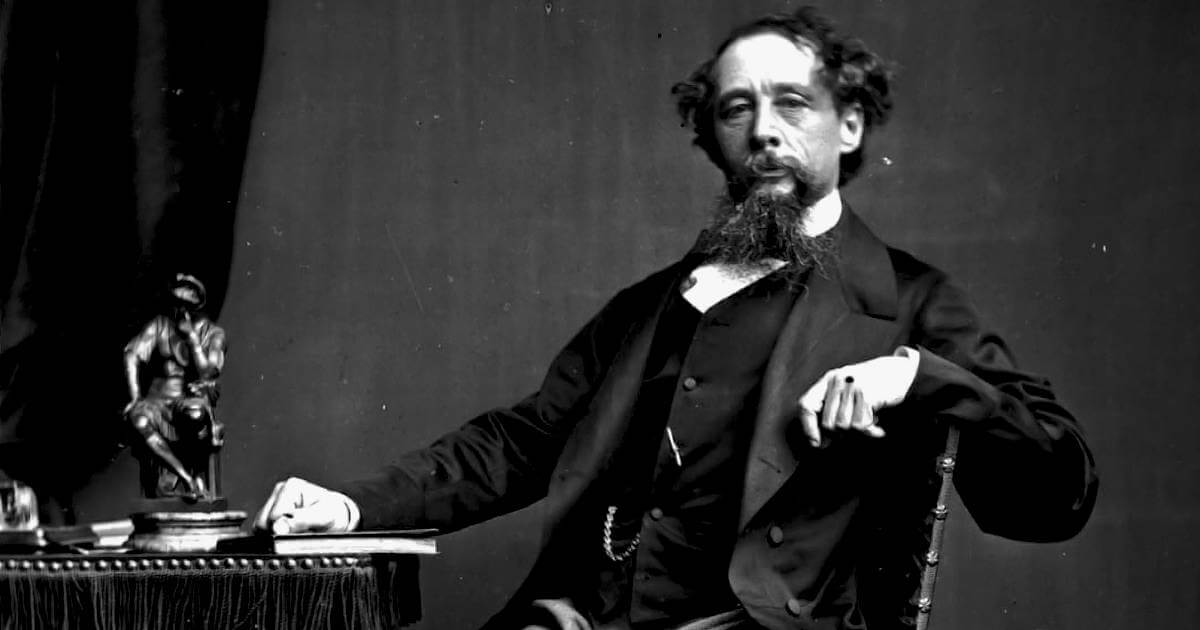
The 20th Century: From the Jazz Age to the Wartime
The early 20th century, especially the Jazz Age of the 1920s, introduced more relaxed clothing styles to men's fashion. This era gave us wide-leg pants and novelty hats, symbols of youthful rebelliousness. Fashion icons such as Duke Ellington and Scott Fitzgerald captured the essence of this era with their sophisticated and innovative styles. During and after the world wars, there was a shift towards more functional and practical clothing, which was reflected in fashion icons such as Winston Churchill and Ernest Hemingway, whose styles exuded a blend of ruggedness and formal elegance.
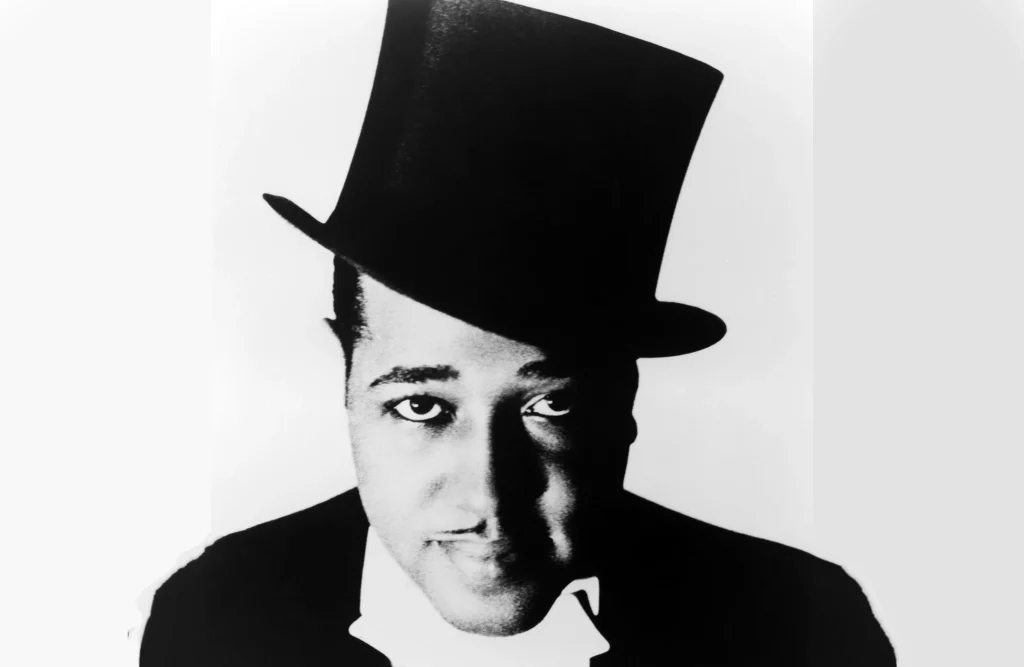
1960s-70s: Counterculture and Disco
The 1960s and 70s were a time of strong counterculture, which had a major impact on men's fashion. Hippie fashion, with its psychedelic prints and loose-fitting clothing, symbolized a departure from traditional norms. Fashion icons such as Jimi Hendrix and John Lennon became role models for this movement. The decades ended with the disco era, where fashion icons such as John Travolta in the movie "Saturday Night Fever" and David Bowie, with his unique and flamboyant style, helped define a new era of men's fashion.
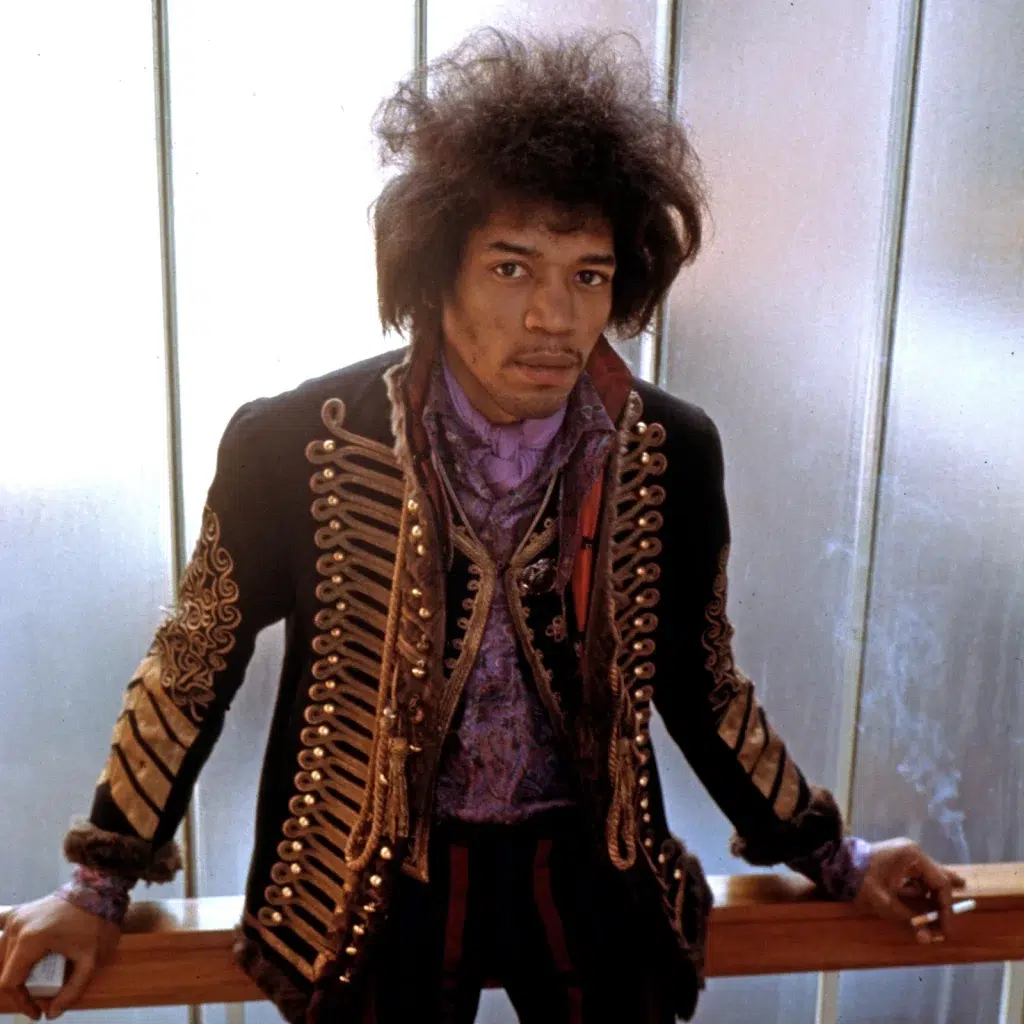
1980s-1990s: Punk and Grunge – a musical and cultural revolution
During the 1980s and 1990s, punk and grunge emerged as two of the most influential music genres in the world. Both genres were a reaction against the established and traditional, and they came to represent a new generation of young people who were tired of the status quo.
The rise of punk
Punk emerged in England in the late 1970s as a protest against the prevailing political and social situation. The music was often aggressive and chaotic, and the lyrics dealt with social criticism, politics, and personal experiences.
One of the most iconic punk bands was the Sex Pistols, led by the controversial singer Sid Vicious. Vicious was known for his raw and provocative style, and he became a symbol of punk's rebellious attitude.
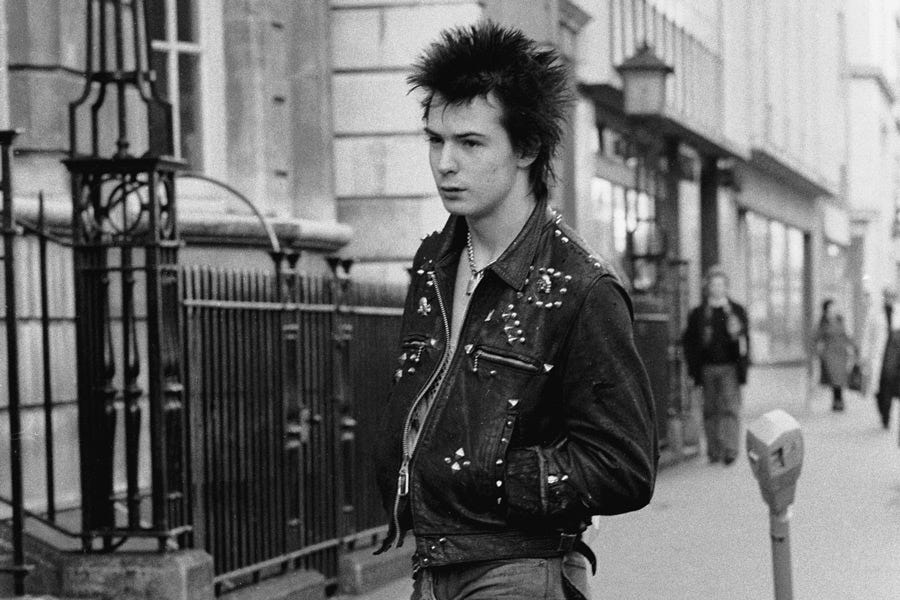
The Breakthrough of Grunge
Grunge emerged in the United States in the early 1990s as a blend of punk, heavy metal, and indie rock. The music was often heavy and melancholic, and the lyrics dealt with feelings of alienation, exclusion, and depression.
One of the most successful grunge bands was Nirvana, led by Kurt CobainCobain's raw and emotional singing voice made him an idol for an entire generation of young people.
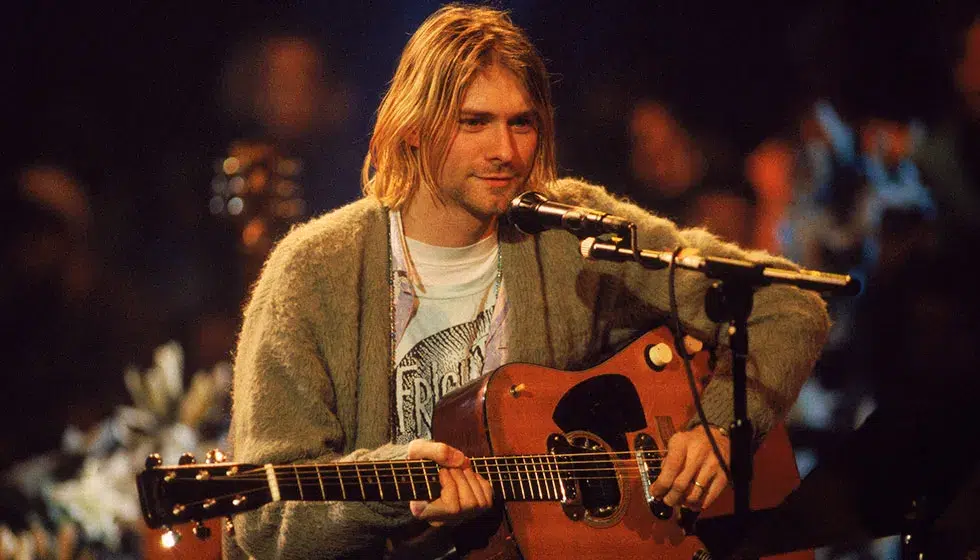
Music and fashion
Punk and grunge had a major influence on both music and fashion during the 1980s and 1990s. Punk was characterized by a raw and casual style, including ripped jeans, t-shirts with political messages, and spikes in clothing. Grunge was more sophisticated, but still with a rebellious spirit.
The influence on today's culture
Punk and grunge have had a long-lasting influence on today's culture. Both genres have inspired many other musicians, and they have also had an impact on fashion, films, and television series.
2000s to Present: Streetwear and Sustainability
In the early 2000s, a new style emerged in men's fashion: streetwear. This style is characterized by a relaxed and sporty look, with influences from hip-hop culture, skateboarding and other urban subcultures.
Streetwear has become increasingly popular in recent years, and it has had a major influence on both fashion and culture. Fashion icons such as Kanye West and Pharrell Williams have helped popularize the style, and they have shown that streetwear can be both trendy and stylish.
Streetwear is not just a trend. It is a style that represents a sense of freedom and individualism. Streetwear fans are often creative and expressive, and they use their clothes to show who they are.
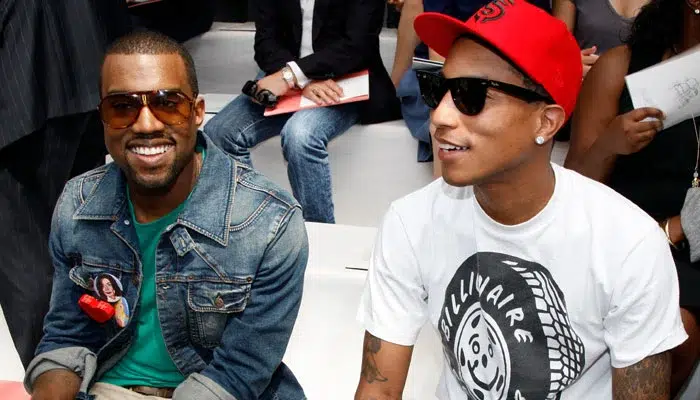
Sustainability and ethics in streetwear
As streetwear has become increasingly popular, sustainability and ethics have also begun to play a greater role in the fashion industry. Growing awareness of environmental impact and social responsibility has led consumers to demand more sustainable clothing.
Streetwear brands have begun to address these issues. Many brands now use sustainable materials and production methods. They are also working to improve their working conditions and social responsibility.
The Future of Men's Fashion
The future of men's fashion looks set to be a continuation of recent trends, with sustainability and individual expression being central themes. We are likely to see an increase in environmentally friendly materials and ethical production methods. Fashion icons of the future are likely to be those who not only dress well, but also take a stand on important social issues and contribute to a more sustainable world.

